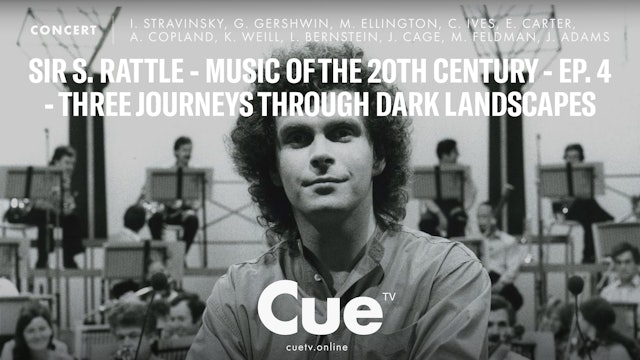J. Cage
Cage is perhaps best known for his 1952 composition 4′33″, which is performed in the absence of deliberate sound; musicians who present the work do nothing aside from being present for the duration specified by the title. The content of the composition is not "four minutes and 33 seconds of silence," as is often assumed, but rather the sounds of the environment heard by the audience during performance. The work's challenge to assumed definitions about musicianship and musical experience made it a popular and controversial topic both in musicology and the broader aesthetics of art and performance. Cage was also a pioneer of the prepared piano (a piano with its sound altered by objects placed between or on its strings or hammers), for which he wrote numerous dance-related works and a few concert pieces. The best known of these is Sonatas and Interludes (1946–48).
-
Sir S.Rattle Music of the 20th CenturyEp.4 Three Journeys through Dark (1996)
"Written and presented by Sir Simon Rattle, the foremost British conductor of our day, this series forms a fascinating introduction to, and overview of, the music of the twentieth century. Each of the seven programmes feature over thirty minutes of specially-shot music in performance, with Rattle...



